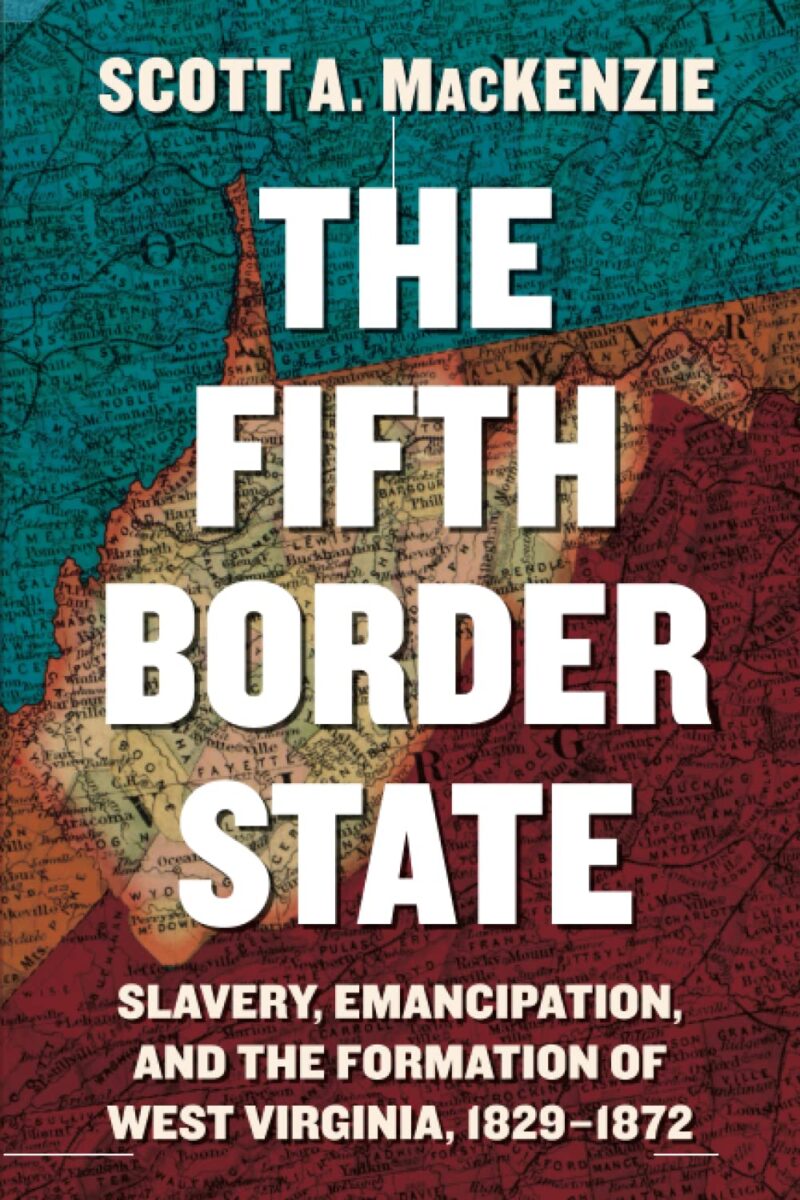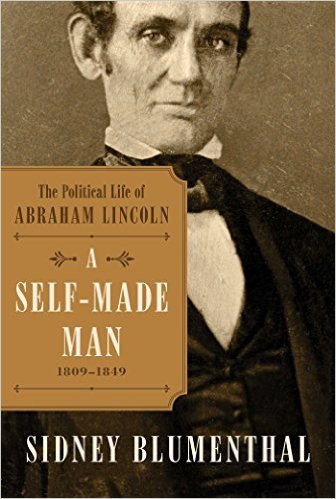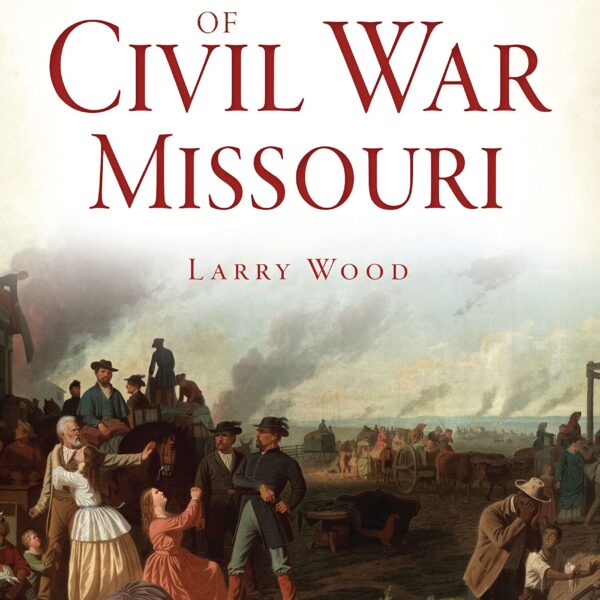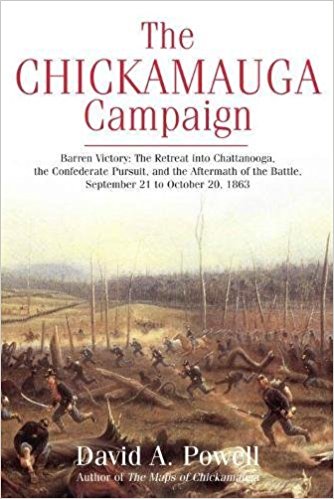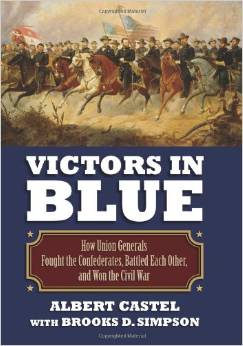Three decades after the Civil War, Theodore Lang, a veteran of the 6th West Virginia Cavalry, published Loyal West Virginia. While Lang’s volume focuses mainly on the service of troops from West Virginia who fought for the Union, the native of Clarksburg, West Virginia, believed it would be useful to begin the history with an explanation of how the great cultural, political, and economic dissimilarities between eastern and western Virginia culminated in the formation of the nation’s thirty-fifth state. While differences certainly existed, historian Scott MacKenzie’s recent volume aggressively challenges the traditional narrative of the circumstances surrounding the Mountain State’s creation.
From MacKenzie’s perspective, only one thing truly divided western and eastern Virginia in the decades prior to the Civil War: suffrage. While this conclusion will undoubtedly prompt much debate among historians, the author convincingly argues in the book’s first two chapters that regardless of any animosity between east and west, only one thing unified all parts of the Old Dominion: slavery.
Despite the small percentage of enslaved people in what would eventually become West Virginia, MacKenzie, based on a keen analysis of a wide array of primary sources and election returns, demonstrates that slavery still proved an important part of western Virginia’s economy; he shows that “whites in the region supported the practice as much as those in any part of the slaveholding states.” (6) In fact, it was the region’s commitment to slavery, MacKenzie contends, that led to its separation from Virginia.
When Virginia cast its lot with the Confederacy in the spring of 1861, the lion’s share of Unionists in western Virginia preferred to remain loyal because they believed secession proved the greatest threat to slavery’s stability. While the author’s interpretation challenges existing scholarship, the conclusion is sound and not surprising when juxtaposed against similar sentiments in the four slaveholding states that remained loyal to the Union.
Opposition to secession, however, did not mean that western Virginia wished to immediately establish a new state. The author cogently explores debates at the conventions in Wheeling about the merits of creating a reorganized government versus founding a new state. What remained at the epicenter of the deliberations, during what MacKenzie labels the “Conservative Phase” of the state’s formation between the summer of 1861 and early 1862, was slavery—something which the author rightly asserts has been overlooked in previous scholarship.
Although initially dead set on establishing a new state that would remain loyal to the Union but maintain slavery, support for slavery’s preservation began to wane among Unionists by the spring of 1862. While previous historians concluded that gradual and compensated emancipation was something that President Abraham Lincoln imposed on West Virginia as a condition for statehood, MacKenzie lucidly argues that Unionists’ wartime experiences—including attacks on civilians and personal property by Confederate guerillas—altered attitudes about the necessity of maintaining slavery. As the war raged on in the spring of 1862, many western Virginians concluded that “stronger measures against the rebellion,” including emancipation, needed to be imposed to crush the Confederacy.
The author concludes this provocative study with an examination of the mechanisms Governor Arthur Boreman’s government employed once West Virginia joined the Union to sustain Unionism and West Virginians’ commitment to defeating the Confederacy, including calls for continued support of the suspension of the writ of habeas corpus. Additionally, the author explores how West Virginia’s leaders attempted—through loyalty oaths and other proscriptions—to suppress the political involvement of former Confederates, tactics which began to wane by early 1870.
While MacKenzie’s thoughtfully researched and lucidly argued volume offers much to those seeking a deeper understanding of slavery and the complexities of West Virginia’s formation, this book’s appeal extends beyond individuals interested in the Mountain State. Those who study broader themes, such as the evolving attitudes toward emancipation, the nuances of Unionism, the complexities of life in a border region, and the roles that newspapers played in shifting the political landscape, will find much value in this paradigm-shifting study.
Jonathan A. Noyalas is director of Shenandoah University’s McCormick Civil War Institute and a professor in the history department at Shenandoah. He is the author or editor of fifteen books, including most recently Slavery and Freedom in the Shenandoah Valley during the Civil War Era.
